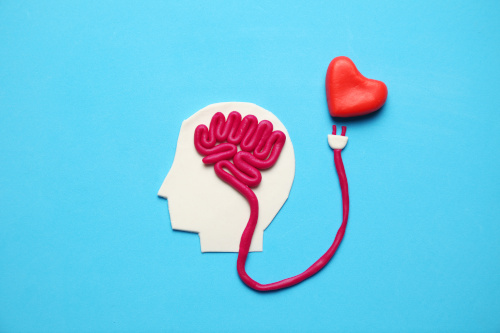Through no real fault of their own, schools and districts around the nation usually struggle to meet students’ mental and behavioral health needs. The demand for services outstrips their capacity, meaning administrators, counselors, and educators are often left to cobble together solutions while facing time and resource constraints. So, while education leaders make the most of the options available to them, it’s often difficult to help every student needing support.
As a former teacher, building administrator, and assistant superintendent, I experienced these frustrations firsthand. They kept me up at night. How do we make sure we have supports in place for each one of our students? How do we expand support for students outside of the school walls? How do we create a supportive environment—in and out of the classroom—to ensure all our students succeed?
With students returning once again this fall for full-time, in-person learning, there are going to be challenges that arise, especially mental and behavioral health needs tied to the COVID-19 pandemic.
Below, I’ve highlighted three strategies to address students’ mental and behavioral health challenges this fall.
1. Scale-up internal capabilities
As we emerge from the pandemic and transition back to in-person learning, there’s going to be an adjustment phase. After all, students and educators (as well as the rest of us) are used to jumping on Zoom and interacting with others in a virtual environment for the past 12+ months.
Waitlists for mental and behavioral health services will be a few weeks up to several months, and we can’t ask students to wait that long. The pandemic has been tough on students—from students not seeing their friends to relatives losing their jobs and being out of work. Tragically, 46,000 students lost a parent or guardian to COVID-19.
Tackling the mental and behavioral health needs tied to the pandemic is going to be a huge challenge for school and district officials—and one that we should be preparing for right now. Scaling-up internal capabilities now in the summer months can offset those concerns and give schools and districts more control over the entire process come this fall.
The downside to scaling-up internal capabilities? It’s an administrative and HR obstacle. Plus, there are risks and challenges around providing enough resources and support in rural areas of the nation—where the number of mental and behavioral health professionals is dwindling.
2. Tap into community providers
Strong local communities lean on each other in times of need, and we saw that bond strengthen between schools and their local communities during the pandemic. From educators delivering books door-to-door to local businesses providing internet access for students, there’s been a lot to celebrate.
Those relationships can also be extended to local healthcare providers. Local communities have well established networks of professionals to provide mental and behavioral health support. After all, the professionals are there to help. When schools and districts partner with local healthcare providers, it ramps up their mental and behavioral health offerings.
However, the process of referring students into care can be difficult and lengthy – again, wait times are usually long.. And once a student is referred to a professional, schools and districts often lose sight of the student’s treatment process.
3. Bring in a specialized partner
I became active in the mental health field because I witnessed the struggle to meet students’ mental and behavioral health needs when I was in schools every day. Working in education and having two young children of my own, I wanted to be part of the change.
Educators have so much going on, and it’s tough to be on top of all of the variables involved in providing care. Bringing in a specialized partner, such as a telehealth provider, takes some of the burden off educators and administrators. Students get their mental and behavioral health needs met, while educators can focus on instruction and ensuring success. It’s a true win-win.
Many providers are built to be a specialized partner for schools and districts, giving district leaders the chance to scale their mental and behavioral health services without the administrative and HR headaches. Specialized partners expand capacity for care, as opposed to simply referring students to providers who are already at capacity. It’s something each school and district should consider.
There’s a lot to be excited about with our students returning to the classroom for in-person learning again, and I know my two children are excited to be back with their friends. It’s important that schools and districts plan now for addressing student mental and behavioral health needs. Students are going to be behind a bit more than usual in reading and math; they’ll also have new and different mental and behavioral health needs. However, with the right strategies and supports in place, we’ll make sure each one of our students succeeds—in and out of the classroom.
- 3 ways to avoid summer learning loss - April 19, 2024
- High school students say AI will change the workforce - April 18, 2024
- Motivating students using the Self-Determination Theory - April 17, 2024

